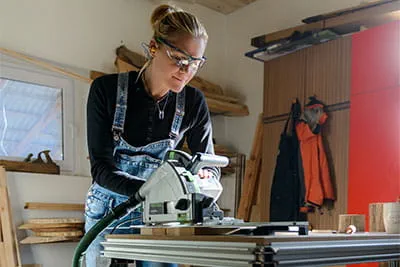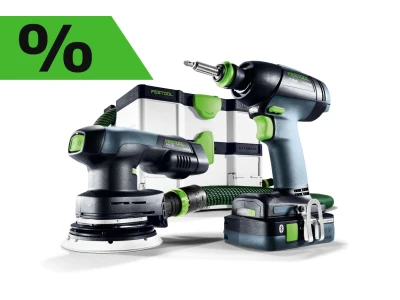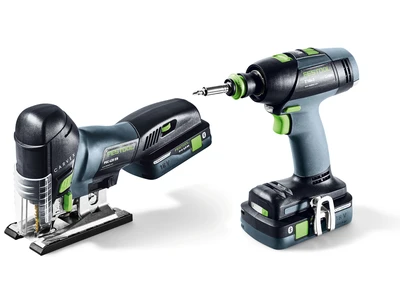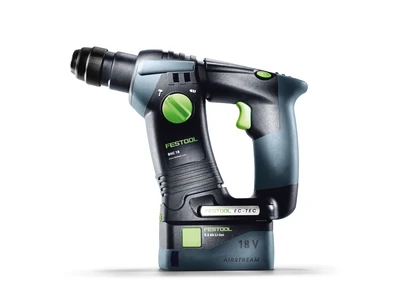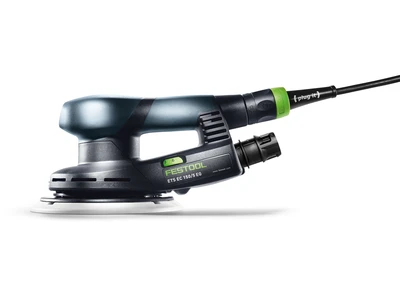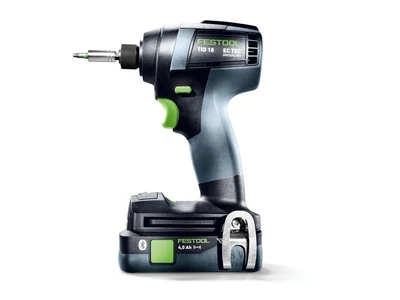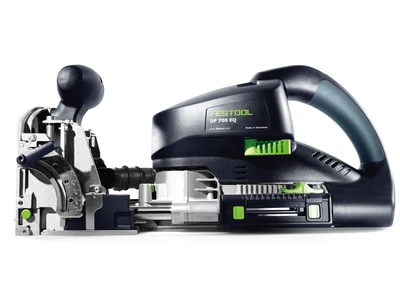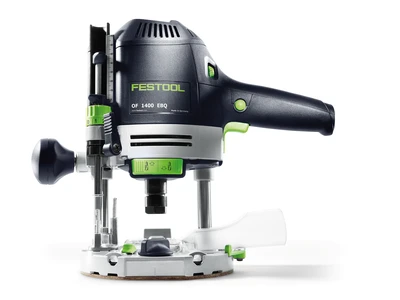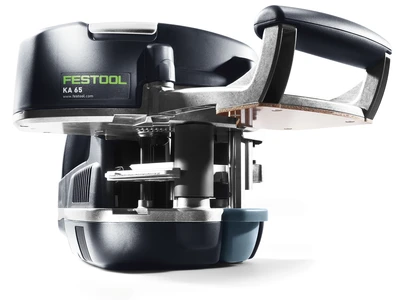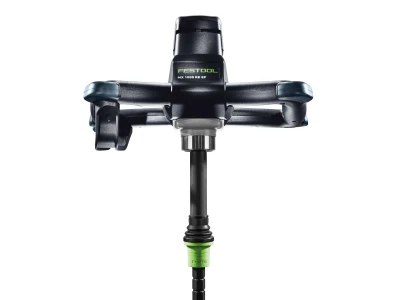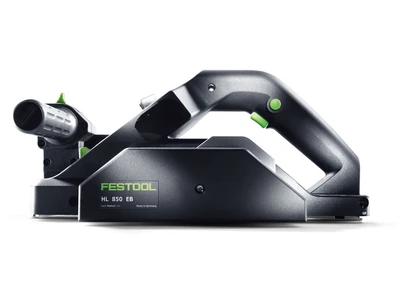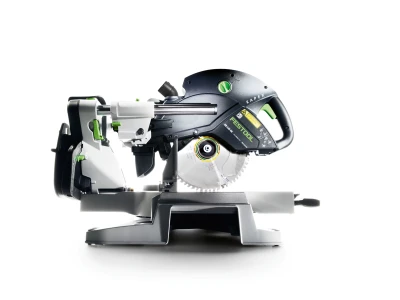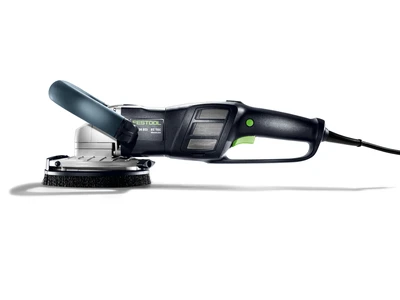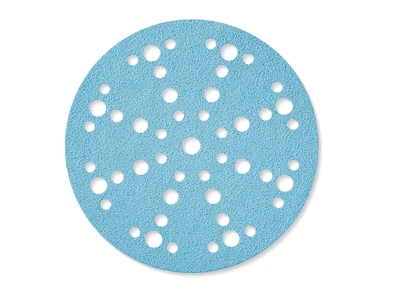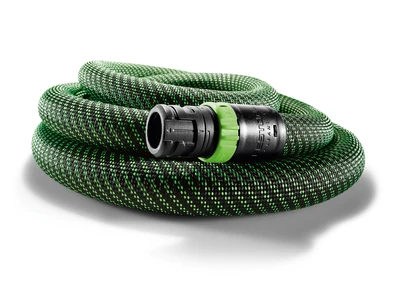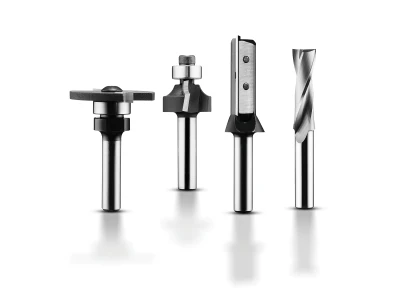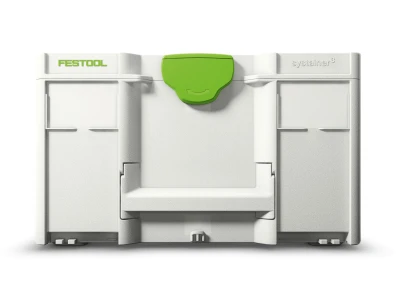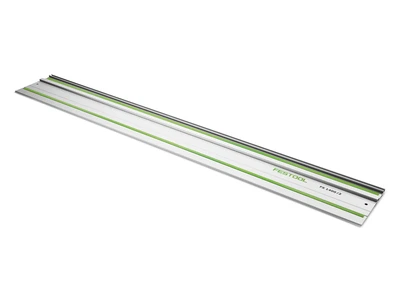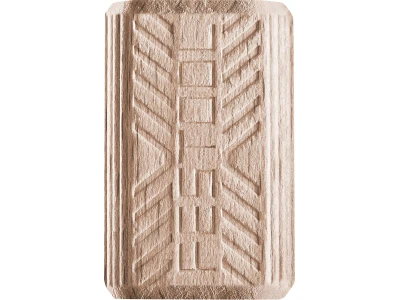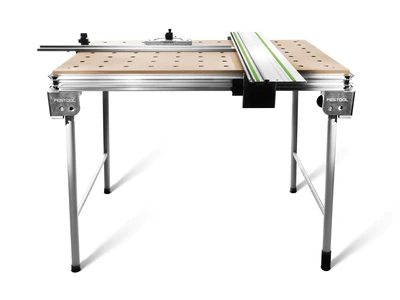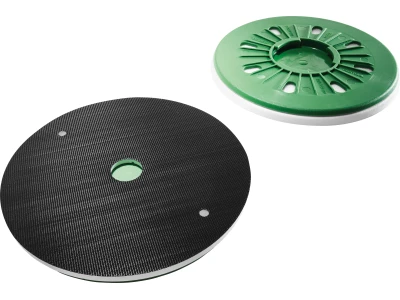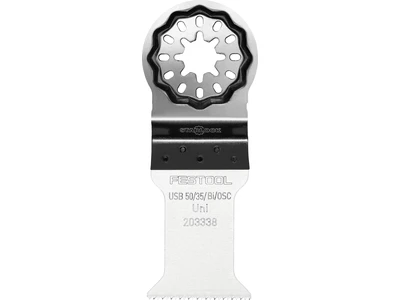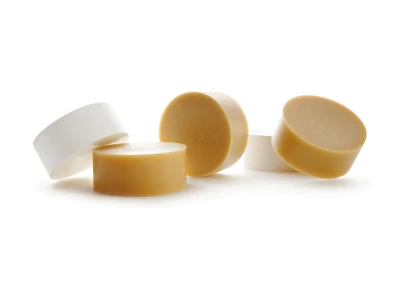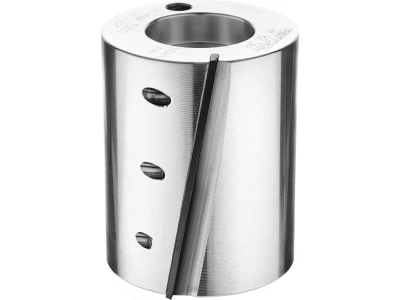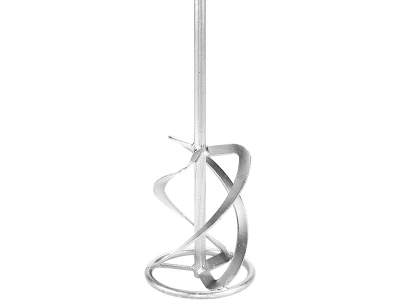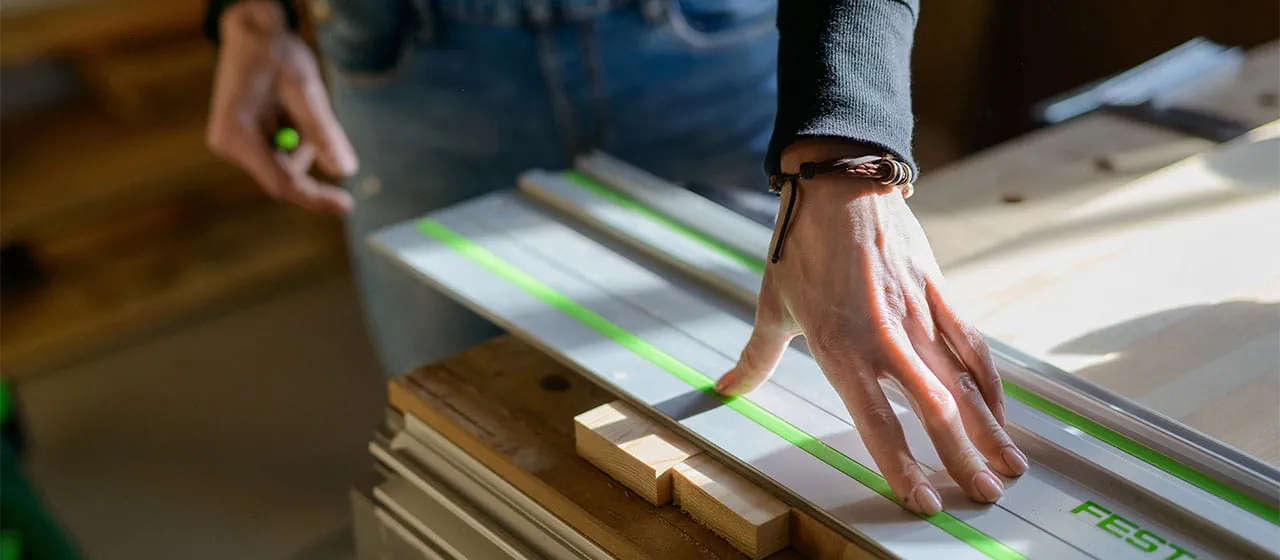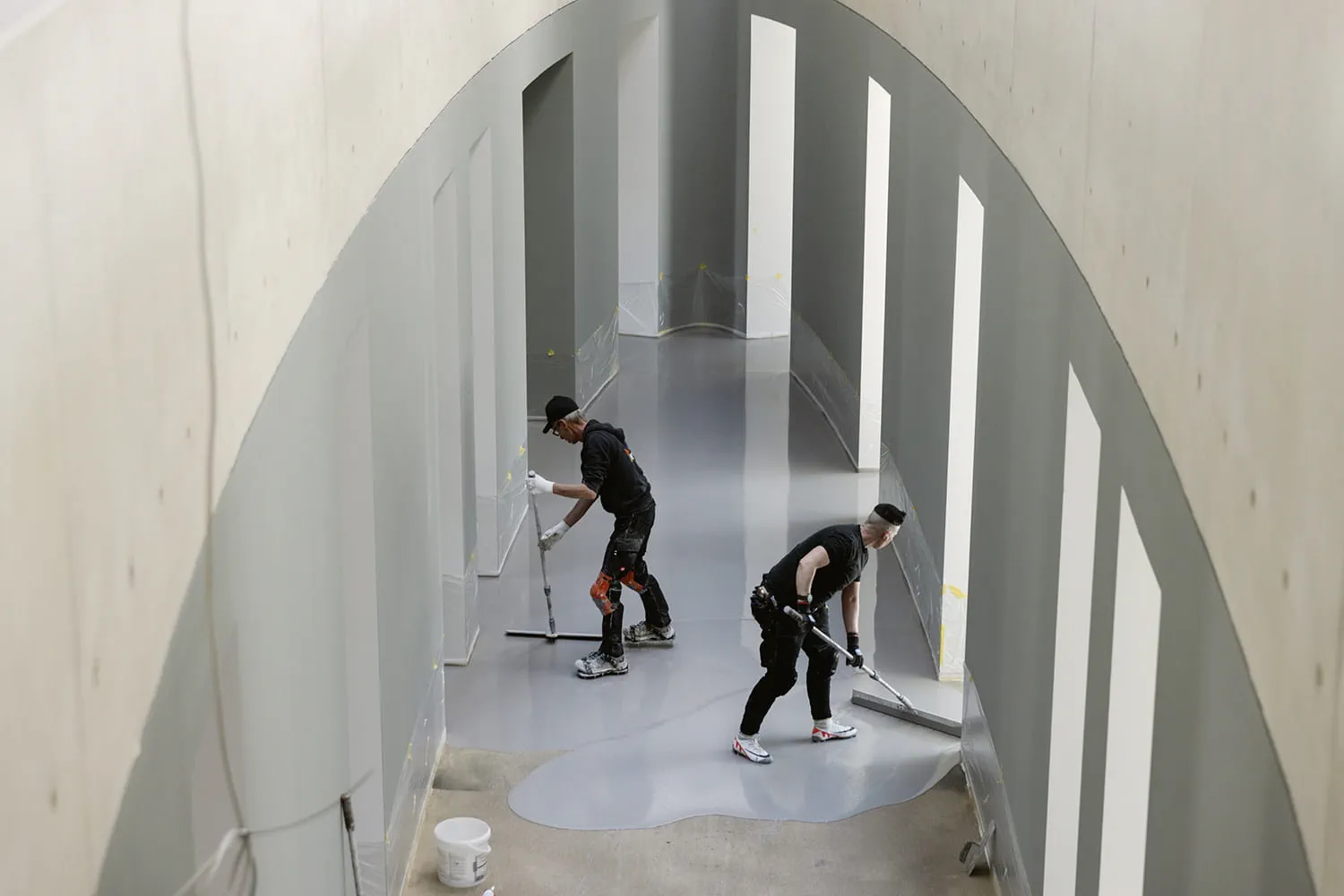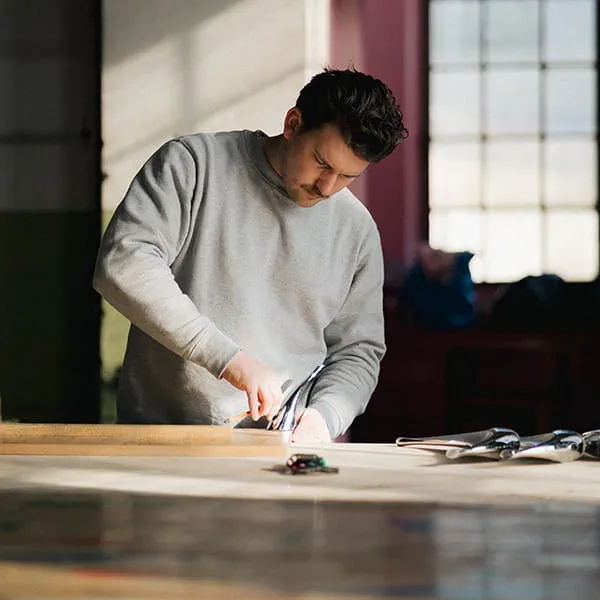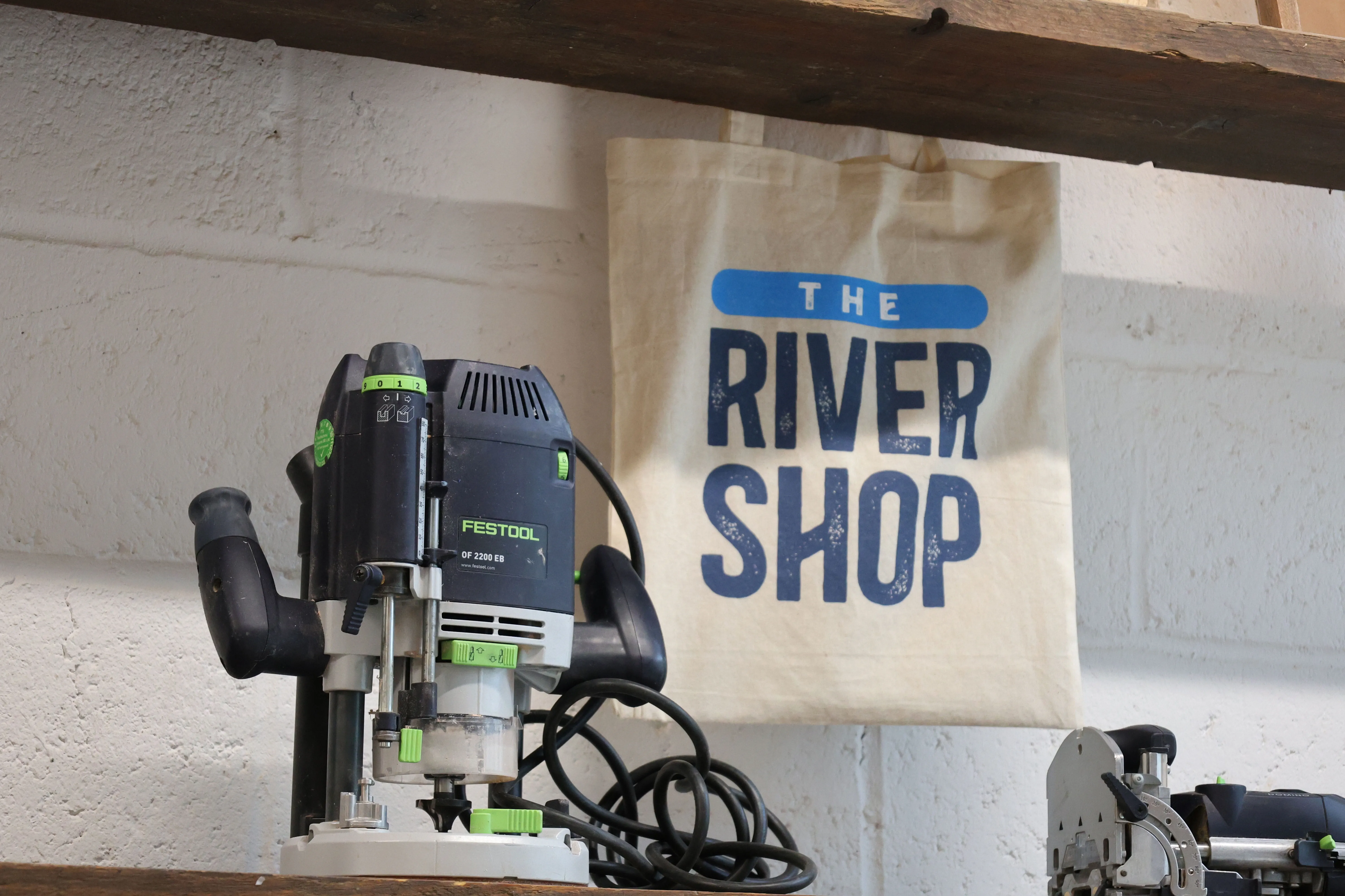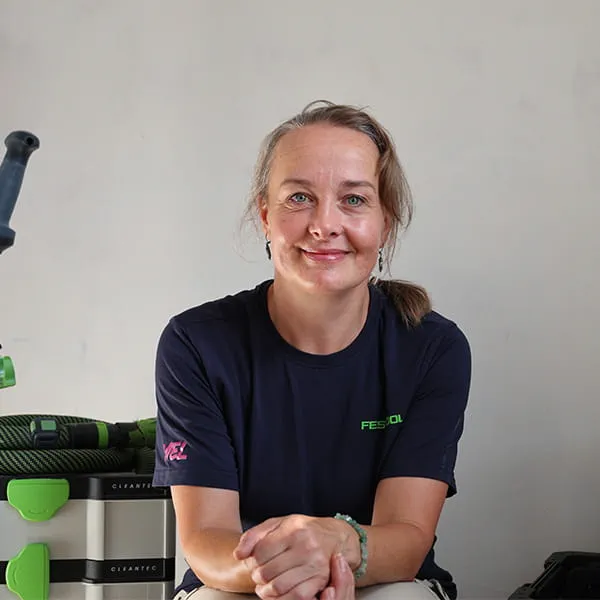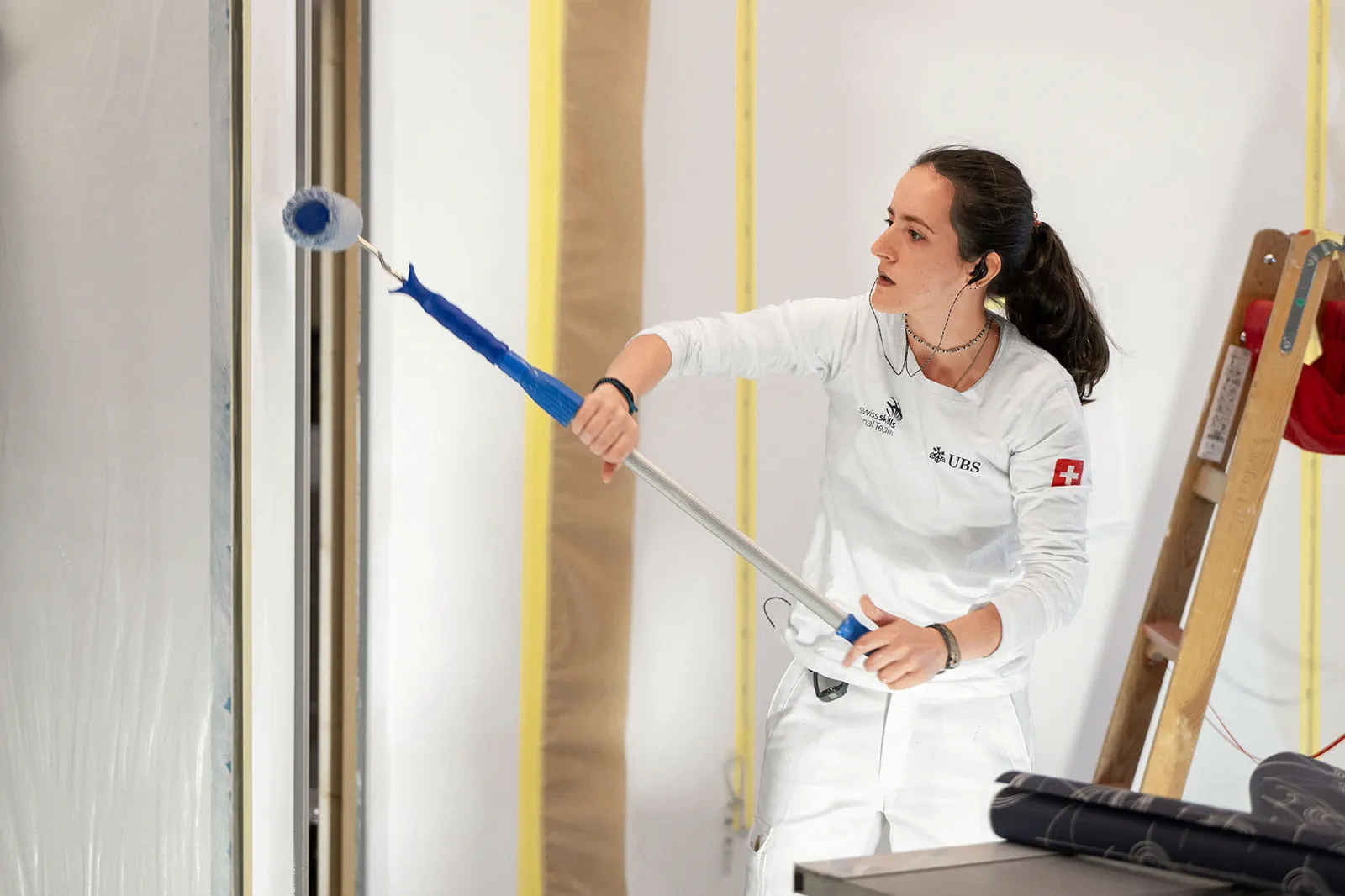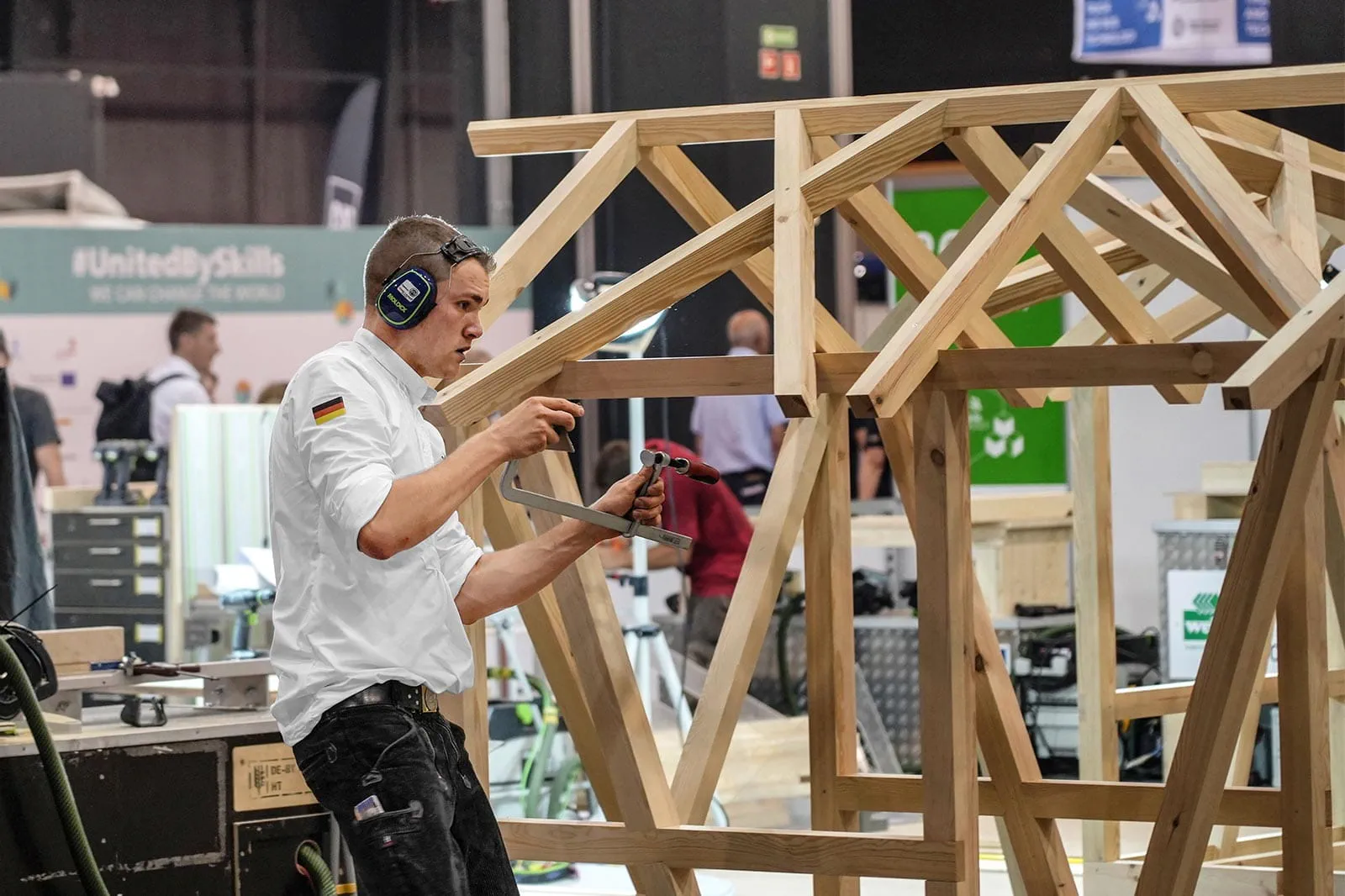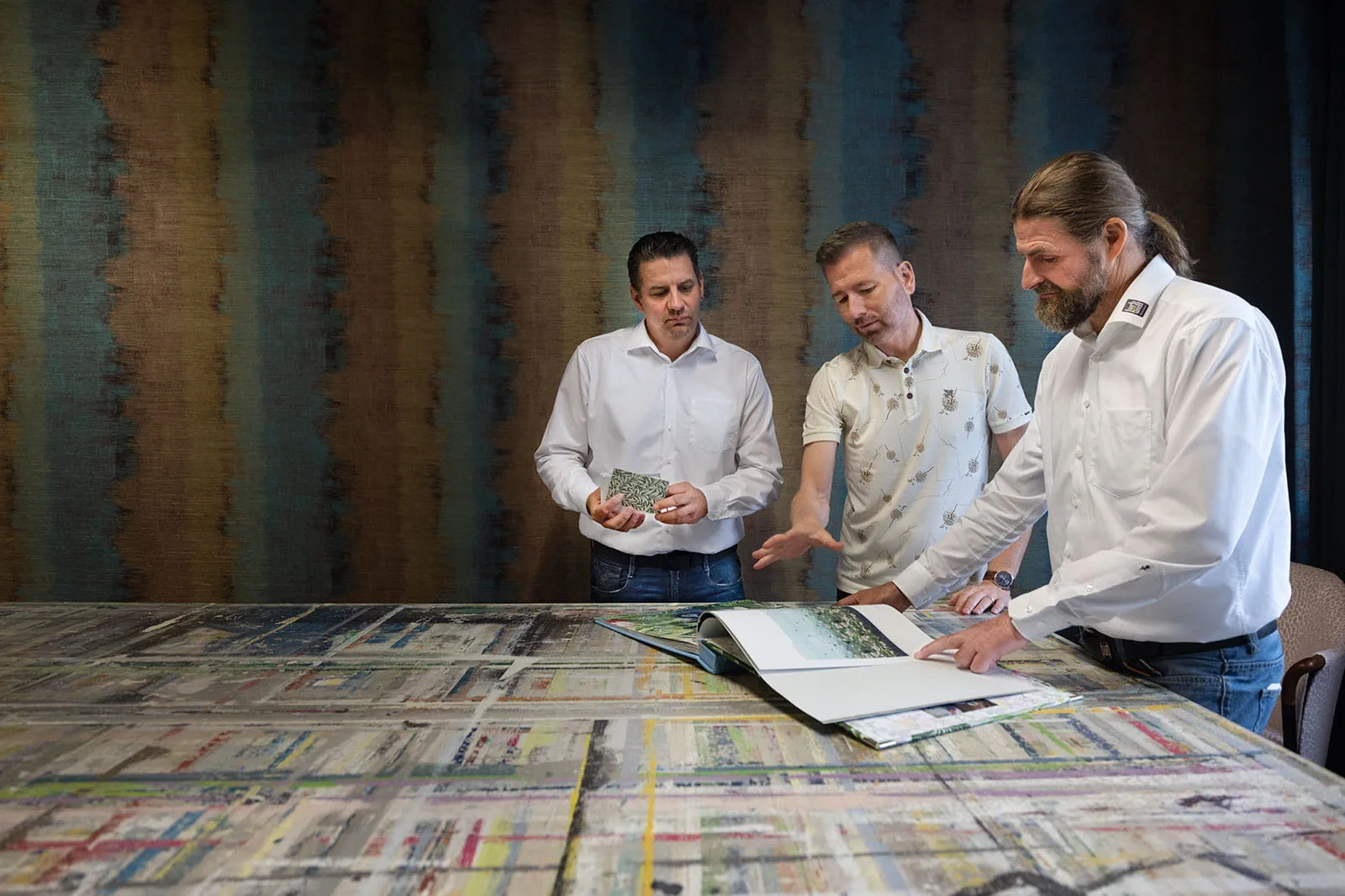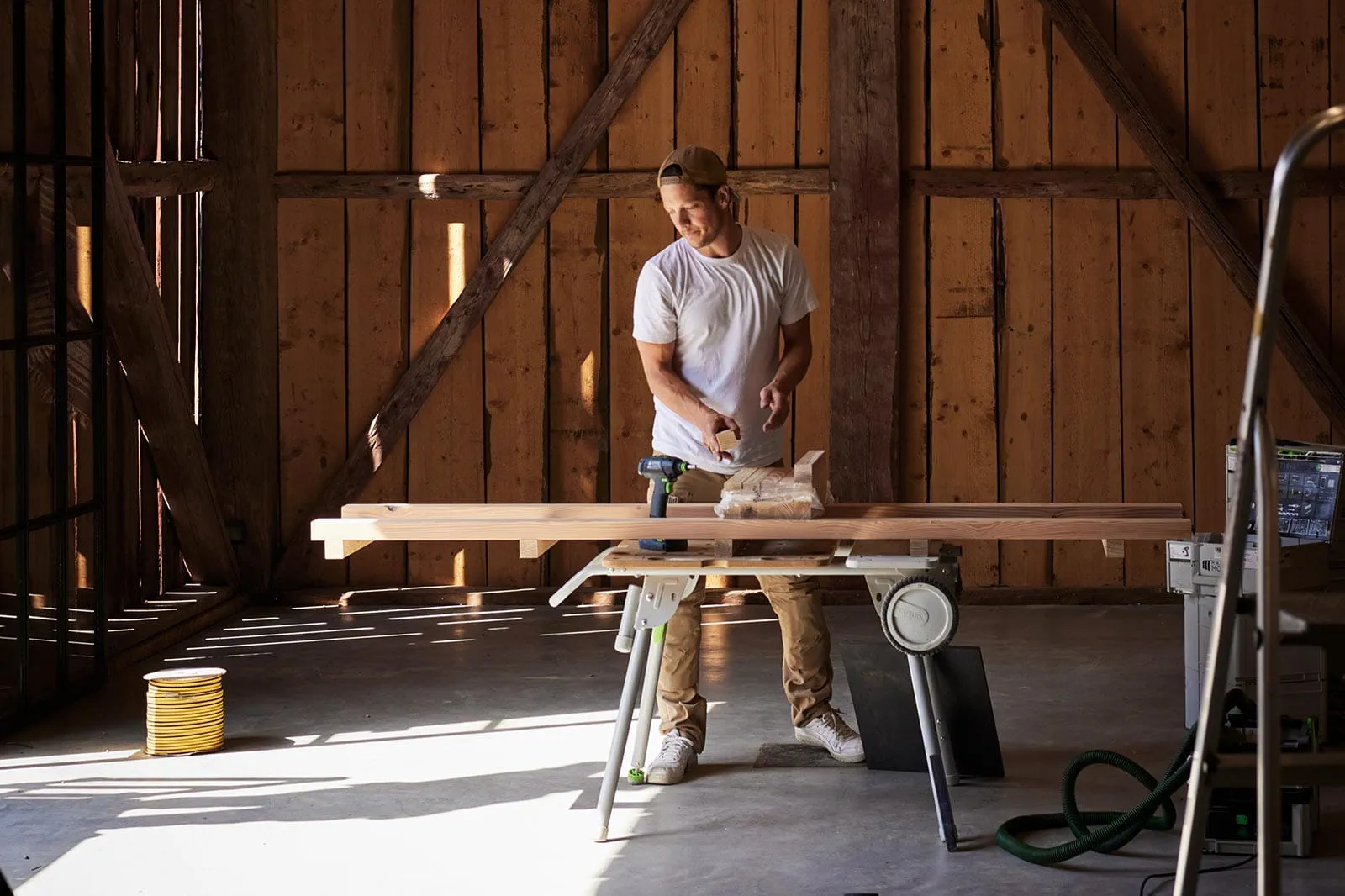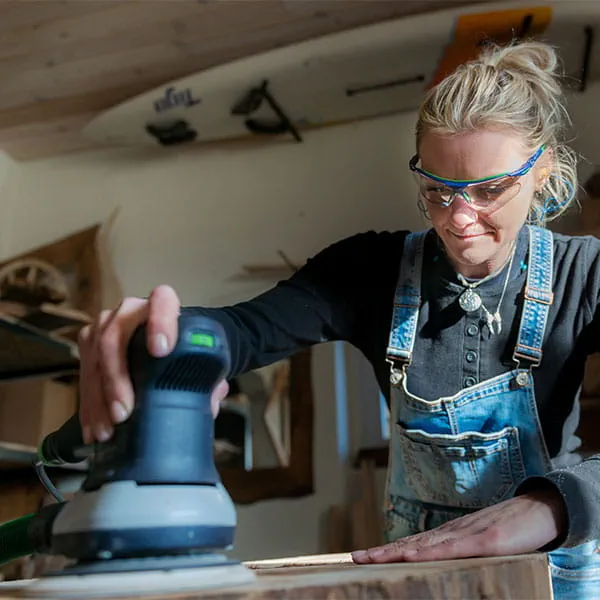
Welcome to Wonderland
Alicja Solarska's carpentry workshop is where creativity and passion meet craftsmanship.
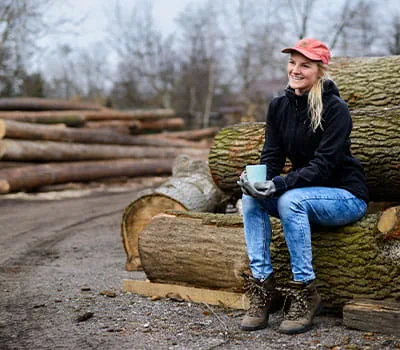
Alicja Solarska
Carpenter
What has a carpenter got to do with Alice in Wonderland? We got to the bottom of this question and visited Polish carpenter Alicja Solarska. In her workshop, wood is transformed into lovingly designed furniture and artistically unique pieces.
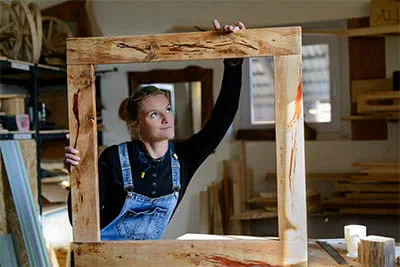
Our greetings are almost drowned out by the piercing screech of a saw – no wonder, since Alicja Solarska's workshop is directly next to a sawmill. Alicja, a carpenter known professionally as "Alice in the Woodland", values this proximity to her most important material. In an interview, she gives us in-depth insights into her day-to-day work as a carpenter and explains why social media has become an indispensable marketing tool for her today.
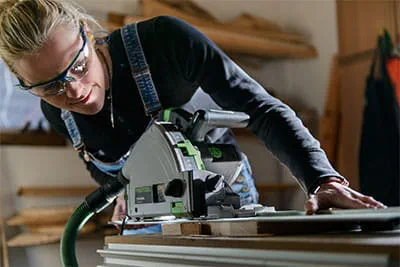
How did you come up with the name "Alice in the Woodland"? Are you a fan of Alice in Wonderland?
The name "Alice in the Woodland" was the first thought that came into my head when I decided to become self-employed. I love fantasy and wanted to create a link to fairy tales with the name. Now, my magic wands are power tools, such as the TS 55 plunge-cut saw or the Domino jointer, and the entrance to my world is a barn door rather than a rabbit hole. [She laughs.]
And with that, Alicja cheerfully opens the barn door, leading us into a small yet wonderful workshop, full of wooden materials and tools. Here you can already see initial projects, such as small side tables and mirrors in beautiful wooden frames. We're interested in how Alicja became involved in handcraft; as a woman, she is still part of a small minority in Poland. We're curious – we want to know everything about Alicja's professional career and her journey to having her own workshop.
"Right at the beginning, I worked in a sawmill for a few years. I found the work fun and spent every day there. The best training is simply daily practice. I learned from my mistakes, and approached experienced colleagues who had been working in handcraft for a long time. As a carpenter, you have to develop a feel for the wood. That takes time and experience."
"Right at the beginning, I worked in a sawmill for a few years. I found the work fun and spent every day there. The best training is simply daily practice. I learned from my mistakes, and approached experienced colleagues who had been working in handcraft for a long time. As a carpenter, you have to develop a feel for the wood. That takes time and experience."
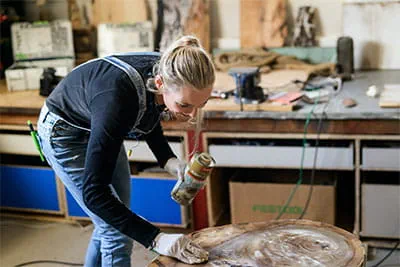
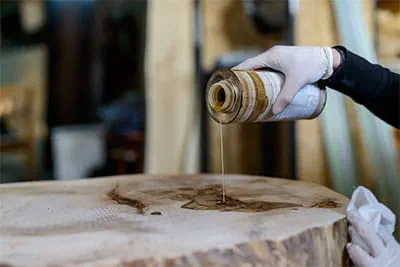
And how do you assert yourself in a male-dominated industry?
I've got one key advantage: Feminine intuition! [She laughs.] All I need is the material and my tools, such as the saw, sander and chisel. A few colleagues have already come up to me to praise my creativity and modern products, which makes me very proud.
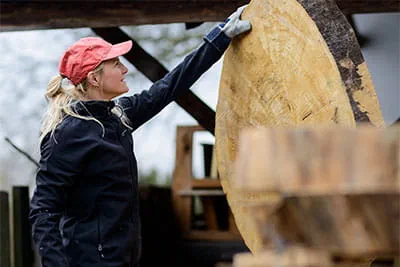
What do you like most about your work as a carpenter?
The smell and irregularities of wood. No two pieces of wood are the same. Every piece has its own grain and colour, which makes every project a creative challenge. Often the wood itself is my inspiration. I receive the material and imagine the best way that I can work it. Often, customers contact me who would like my help on a specific project. Then I go to the sawmill next door, find the right wood and get started. Selecting the right materials is the key to success.
And what is the planning process like for your projects? Do customers contact you and tell you what they want?
On the one hand, I sell my own pieces, and on the other I take on commissions from my customers. As the saying goes, "the customer is king" and I follow their specifications. If things can't be done as requested, I talk to my customers and suggest alternative solutions. However, my favourite projects are my own creations, where I can be "Alice in the Woodland" and let my creativity run wild.
We see the projects that Alicja has designed herself at the back of the workshop. She shows us one of her favourite pieces, a washbasin with a huge mirror frame made from poplar. We ask her which Festool tools she uses particularly often in her workshop.
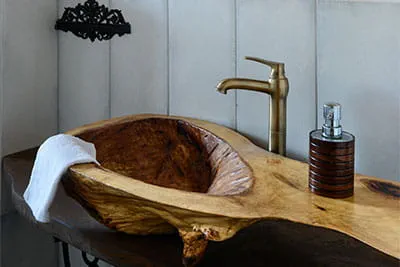
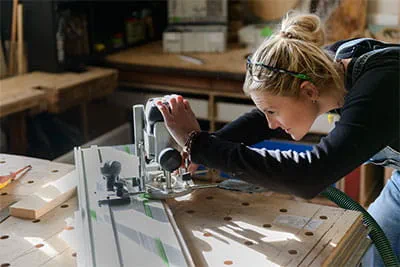
The ETS 150 eccentric sander is the tool I use the most in my workshop, but my favourite tool is the Domino jointer DF 500. When I put together individual wooden pieces – a frame, for example – I can use the Domino to assemble it accurately and precisely.
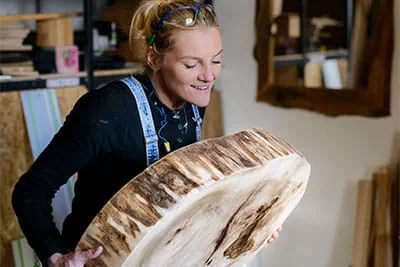
Is there a certain type of wood that you prefer for your work?
I love all types of wood and they all have something special about them. Pine has a beautiful grain, ash is a very durable type of wood, and poplar and oak are characterised by their unique grains. The type of wood I use depends entirely on the project. Oak, poplar, pine and chestnut come up time and again in most of my pieces. However, if I have the opportunity to use material from old buildings, such as barns, the wood I like best is reclaimed wood.
Last but not least, we all take a picture together to record the day's experiences, which leads us onto our final question and the topic of social media in handcraft.
Does social media play a role for you as a communication channel?
Yes, definitely. Most of my customers have approached me via Facebook or Instagram. I've also created awareness through TV shows and contributions to magazines. These platforms help me not only to market my products, but also to get in contact with others in the industry and start exchanging ideas. I would like to use social media to inspire people.
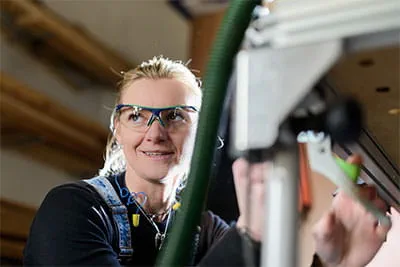
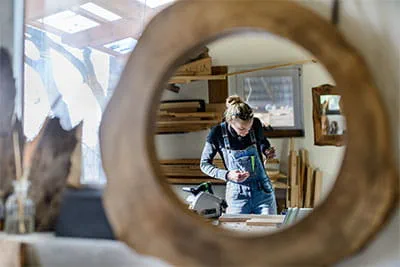
No sooner said than done. Alicja is quick to post the picture with us on Instagram – not without ensuring that her work pieces feature in the background, of course. We then say our goodbyes and, making our way past the impressive piles of wood, set off home.
